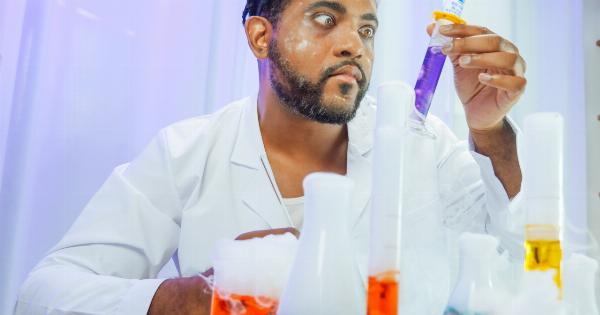Cosmetics have become a daily necessity for most people, especially women. From lipstick to deodorants, people use cosmetics to enhance their beauty and personal hygiene.
However, with the increasing number of cancer cases, many people are questioning whether cosmetics pose a cancer risk. This article will explore the potential dangers of cosmetics and their link to cancer.
What Are Cosmetics?
Cosmetics are products used to enhance or alter the appearance of the face, body, or hair. These products can include makeup, skincare products, fragrances, hair dyes, and more. Cosmetics can be applied to the skin, hair, nails, and lips.
The Potential Dangers of Cosmetics
Cosmetics contain a variety of ingredients, including chemicals, preservatives, and fragrances. Some of these ingredients have been linked to cancer and other health problems. One of the main concerns with cosmetics is the use of chemical ingredients.
Chemical Ingredients in Cosmetics
Cosmetics often contain chemicals such as parabens, phthalates, and formaldehyde. These chemicals have been linked to cancer and other health problems.
Parabens, for example, are a group of preservatives that are used to prevent bacteria and mold growth in cosmetics. However, studies have found that parabens can mimic estrogen in the body and disrupt the hormone system, which can lead to cancer.
Phthalates are another group of chemicals that can be found in cosmetics. These chemicals are used to soften and increase the flexibility of plastics. However, they have also been linked to cancer and other health problems.
Formaldehyde is a third chemical that can be found in cosmetics. This chemical is used as a preservative in cosmetics and can cause cancer if ingested or absorbed through the skin.
Heavy Metals in Cosmetics
Another concern with cosmetics is the presence of heavy metals. Heavy metals such as lead, mercury, and cadmium can be found in some cosmetics, including lipstick and eye makeup.
These metals can build up in the body over time and cause health problems such as cancer, organ damage, and developmental delays.
The Lack of Regulation in the Cosmetics Industry
Another concern with cosmetics is the lack of regulation in the industry. Unlike food and drugs, cosmetics are not required to undergo pre-market approval by the FDA. Instead, the FDA relies on companies to ensure the safety of their products.
However, many companies do not test their products thoroughly, and some ingredients are not well-studied for safety.
How to Reduce Your Exposure to Harmful Cosmetics
While it’s difficult to completely avoid cosmetics, there are steps you can take to reduce your exposure to harmful ingredients. One way is to choose products that are free of parabens, phthalates, and formaldehyde.
Look for products that are labeled “paraben-free” or “phthalate-free.” You can also choose products that are made with natural ingredients, such as essential oils.
Another way to reduce your exposure to harmful cosmetics is to limit your use of certain products. For example, if you wear lipstick every day, try switching to a natural or organic brand.
If you use hair dye, consider switching to a brand that is free of chemicals such as ammonia and peroxide.
Conclusion
While there is no conclusive evidence that cosmetics are a direct cause of cancer, there is enough evidence to suggest that some ingredients in cosmetics may pose a risk.
By being mindful of the products you use and choosing products that are free of harmful ingredients, you can reduce your exposure to potential dangers and protect your health.





























